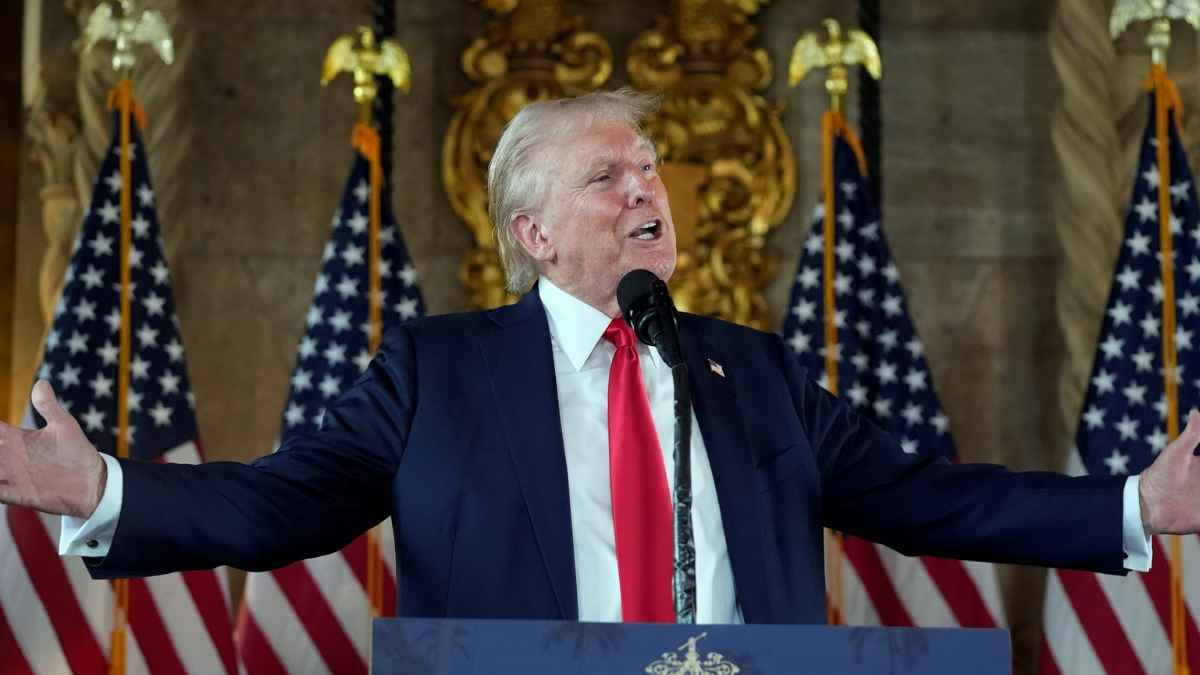The global dollar strengthened this week on the back of some fairly encouraging economic data. These showed a generally stable labor market and a still robust services sector. These suggested that the Federal Reserve (Fed) is likely to slow the pace of its current rate-cutting cycle, which is very good news for the U.S. currency.
Despite Monday’s decline in the dollar against the auto and the British pound, indicators on Tuesday showed growth to a nearly six-month high against the yen. In addition, the dollar index, which measures the currency against six other rivals, rose 0.2% to 108.55. This is a very good figure, considering the fall since December 30, when it reached 107.74.
Another relevant fact is that during January 2, the index rose to 109.58 for the first time since November 2022. Much of this is thanks to expectations of Trump’s promised fiscal stimulus, reduced regulation and higher tariffs. It is also believed that all of these factors would boost U.S. growth.
U.S. economy improves
The data also showed that U.S. job openings unexpectedly increased in November 2024. However, hiring slowed during that month. As for job openings, a measure of labor demand, they increased by 259,000 to 8.098 million as of the last day of November. This is confirmed by the Bureau of Labor Statistics’ Job Openings and Labor Turnover Survey (JOLTS). On the other hand, hiring fell by 125,000 to 5.269 million.
U.S. service sector activity also accelerated in December, although a rise in a gauge of prices paid for inputs to a two-year high indicated high inflation. The Institute for Supply Management’s non-manufacturing Purchasing Managers’ Index (PMI) increased to 54.1 last month from 52.1 in November.
“The big surprise in the report was the jump in the Prices Paid Index to an 11-month high of 644 in December from 58.2; this reflected higher costs for delivery or transportation charges in the holiday season,” wrote Dave Rosenberg, president and founder of Rosenberg Research, in a note to clients.
Rosenberg says suffice it to say that the report was enough to boost the markets. Also, now we just have to wait a little longer for a Fed rate cut for the year, and that has now been proposed from June to July.
Encouraging data for the rate futures market
Following the data, the rate futures market discounted a 95% probability of a pause in cuts this month. In addition, it forecast a 4.8 percent probability of an easing. Rate futures also implied only 37 basis points of cuts in 2025, compared to the two cuts expected according to the Fed’s dot plot or rate forecasts.
On the other hand, investors also began to assess whether President-elect Donald Trump’s actual policies on tariffs will be consistent with his hard-line rhetoric. Although for that, we will have to wait a few months. Only then will there be time to know his specific strategies and the repercussions they could have on the domestic economy, the price of the dollar and the country’s labor sector.
If you have found this news useful, do not forget that you can see more publications related to economics by visiting the specialized section of this digital information website.







